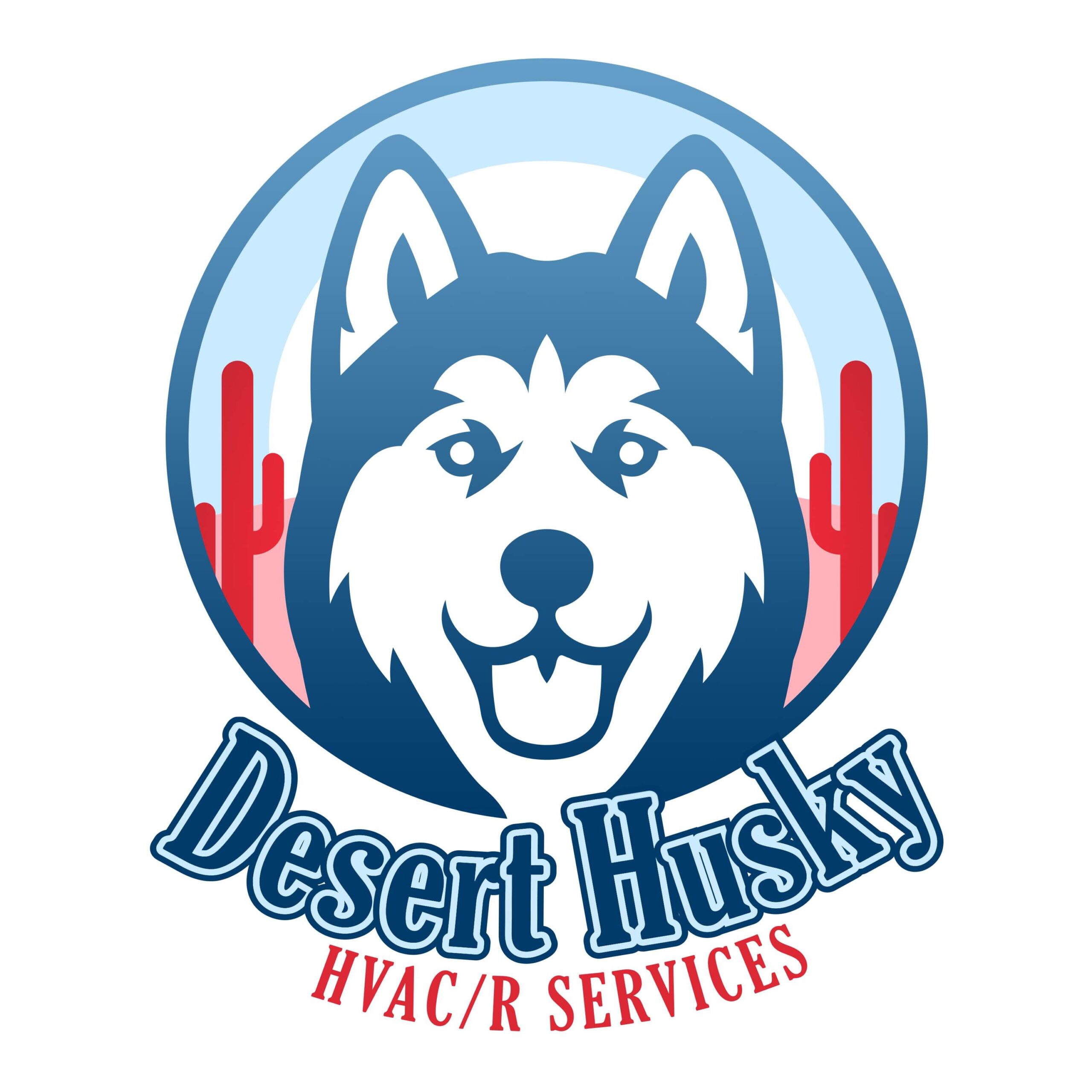
Would you believe that more than one-half of your home’s energy costs are for your heating and cooling? That’s why it’s essential to secure an energy-efficient HVAC system.
Furnace efficiency standards were last modified to an Annual Fuel Utilization Efficiency (AFUE) rating of 80% in 2015. This rating system calculates how effective your furnace is at turning natural gas into heat. An AFUE rating of 80% means your furnace loses about 20% of the fuel it uses while producing heat.
In 2022, the Biden Administration proposed new energy-efficiency standards for residential gas furnaces that would greatly decrease emissions, save homeowners money and promote sustainability.
These revised standards are estimated to:
- Save Americans $1.9 billion annually.
- Cut carbon emissions by 373 million metric tons and methane emissions by 5.1 million tons over three decades, the equivalent of what 61 million homes emit each year.
Starting in 2029, the proposed rule would mandate all new gas furnaces to feature AFUE ratings of 95%. This means furnaces would turn nearly 100% of the gas into usable heat.
So what does all of this mean for your existing furnace in 2023? As of now, not much, as the proposed rule wouldn’t go into effect until 2029 at the earliest and doesn’t affect furnaces that are already in use.
But if you need furnace replacement in soon, highly energy-efficient furnaces are already available. Learn how these furnaces can help you save on energy bills now.
Guide to Condensing Furnaces
How Condensing Furnaces Work
A condensing furnace is a style of heating system that uses a secondary heat exchanger to capture wasted heat from the furnace's exhaust gases. This reduces the amount of energy wasted, increases energy efficiency and lowers CO2 emissions. It also requires less natural gas to produce the same amount of heat compared to other types of furnaces.
How Condensing Furnaces Differ from Non-Condensing Furnaces
The primary difference between a condensing furnace and a non-condensing furnace is that the former uses a secondary heat exchanger to capture any wasted heat from its exhaust gases, while the latter does not.
Equipment Lifespan
The life span of a condensing furnace depends on the brand, model and other factors. Usually, a condensing furnace is likely to last between 10-20 years with appropriate maintenance and regular service. If your heating system doesn’t have regular furnace maintenance, it may not last as long.
Why Condensing Furnaces Cost More
Usually, condensing furnaces type of system is much more efficient than conventional furnaces, as it only consumes the minimum amount of energy required to heat your home, resulting in more savings on your utility bill.
Most variable-speed furnaces are condensing furnaces, although a handful are available in non-condensing models with lower AFUE ratings. If a manufacturer wants a furnace to be classified as a condensing furnace, it must offer an AFUE rating of 90% or higher.
Do Variable-Speed Furnaces Run Constantly?
A variable-speed furnace doesn’t run all the time. Instead, it runs at different speeds depending on the temperature in your Tucson and Phoenix home as well as the amount of energy it requires to reach that temperature.
When sufficient energy is needed to maintain your desired temperature level, the furnace will switch to a higher speed to handle the demand. Precise fan speeds offer more efficient heating in your home while also providing quieter operation.
Guide to Two-Stage Furnaces
Two-Stage Furnaces: What They Are and How They Work
A two-stage furnace is a type of heating system that utilizes two different stages of operation — high and low. When set to the low stage, the furnace performs at a reduced capacity to help maintain the desired temperature in your home more efficiently. During the high stage, the furnace will instead operate at full capacity to meet demands for more heat. With a two-stage furnace, you can maintain enhanced energy efficiency and consistent temperatures all across your home.
While two-stage furnaces are exceptionally efficient, not all all types are condensing furnaces.
Does a Two-Stage Furnace Run All the Time?
A two-stage furnace won’t run all the time. In the low stage of operation, the furnace performs at diminished capacity in order to maintain a planned temperature more efficiently within your home. When a greater demand for energy is needed to maintain the set temperature, the furnace shifts to its high stage and operates at full capacity. As such, two-stage furnaces are able to help reduce energy costs without operating constantly.
Comparing Two-Stage and Variable-Speed Furnaces
Two-stage furnaces have two stages of functionality, low and high. During the low stage, the furnace works at reduced capacity in order to maintain a desired temperature within your home. When more warmth or cooling is desired, the furnace will shift to its high stage and operate at maximum capacity.
Variable-speed furnaces, meanwhile, can operate at a variety of speeds in order to uphold a more precise temperature at home. As such, variable-speed furnaces offer greater savings on your utility bills .
Differences Between One- and Two-Stage Furnaces
One-stage furnaces have a single stage of operation and operate either at full capacity or not at all. In other words, the furnace is always running in order to maintain a desired temperature within your home.
Conversely, two-stage furnaces have two stages of operation, low and high. While in the low stage, the furnace runs at reduced capacity in order to maintain the desired temperature more efficiently. When additional warmth or cooling is desired, the furnace will change over to its high stage and operate at peak capacity.
Arrange Your Furnace Install Appointment with Desert Husky HVAC/R Services Today
It takes experience and dedication to stay up to date about furnace technology advancements. That’s why Desert Husky HVAC/R Services professionals are here to help with a no-cost, no-pressure estimate for furnace installation. We’ll assess your home, your heating needs and your budget before helping you find the best solution. Call us at 520-416-5415 to get started today!
